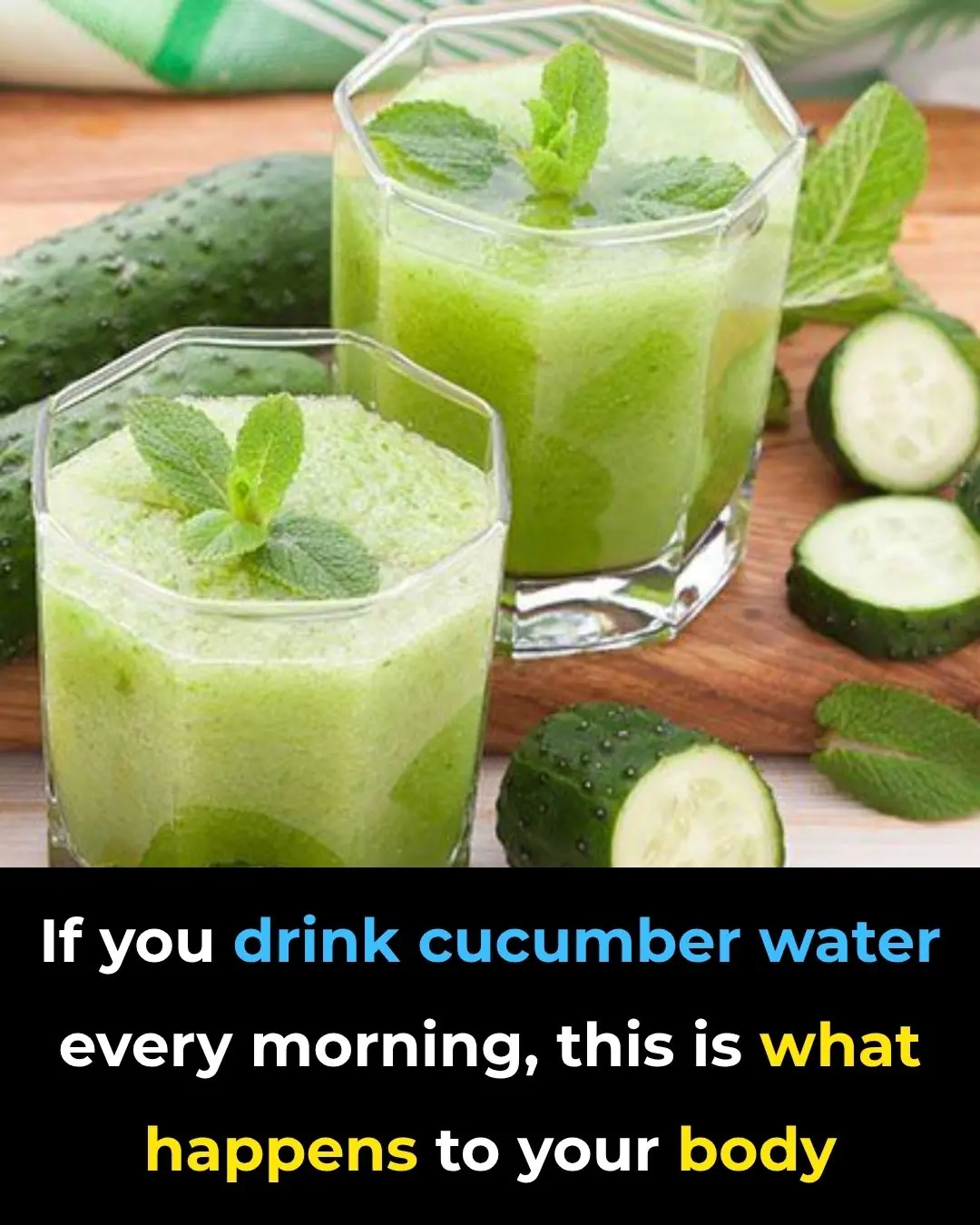
Red Spots on Skin: 13 Common Causes
Red Spots on the Skin: 13 Possible Causes and When to Worry
Red spots on the skin can appear for many reasons—some harmless, others more serious. They may be triggered by irritants, infections, underlying health conditions, or even heat. For instance, contact dermatitis arises from exposure to allergens or irritants, while ringworm is caused by fungal infection. Autoimmune diseases and blood vessel issues can also lead to rashes or discoloration. While some red spots go away on their own, others may require medical evaluation or treatment.
In this guide, you'll discover 13 common causes of red spots, understand how they appear across different skin tones, and learn when it's time to see a doctor.
Note on Skin Tone Differences:
The appearance of skin spots can vary depending on your skin tone. For example, acne may show up as red on fair skin but appear as dark brown or purple on darker skin. These differences can sometimes delay diagnosis, making awareness even more important.
1. Heat Rash (Miliaria)
Also known as prickly heat, heat rash occurs when sweat gets trapped under the skin due to blocked sweat glands. This results in tiny, red, itchy, and sometimes painful bumps—especially in areas prone to sweating like the armpits, chest, back, groin, and under the breasts.
Causes:
-
Hot, humid weather
-
Prolonged bed rest
-
Excessive sweating
-
Tight or non-breathable clothing
Treatment:
Cool baths, cold compresses, loose clothing, and avoiding heavy creams can help. The rash often resolves within a few days. If the bumps become infected—indicated by pus, peeling, or a whitish film—antibiotics may be needed.
Seek care if symptoms worsen or infection signs appear.
2. Cherry Angiomas
These small, bright red or purple dots are actually clusters of blood vessels, often seen on the torso of adults over 30. Though they may bleed if scratched or grow over time, they are non-cancerous.
Diagnosis & Treatment:
-
Diagnosed via a visual exam
-
No treatment needed unless for cosmetic reasons
-
Removal options: laser therapy, cryotherapy (liquid nitrogen)
3. Contact Dermatitis
This itchy red rash is a skin reaction to irritants (like soaps or cleaning agents) or allergens (like nickel or poison ivy).
Types:
-
Irritant Contact Dermatitis: Caused by damage to the skin barrier
-
Allergic Contact Dermatitis: Triggered by an immune response
Treatment:
-
Avoid the trigger
-
Use OTC hydrocortisone or prescription creams
-
Antihistamines for severe itching
-
Patch testing may be needed to identify the allergen
4. Ringworm (Tinea Corporis)
Despite its name, ringworm is a fungal infection—not a worm. It creates a red, scaly ring-like rash, often on arms and legs.
Highly contagious, it spreads through:
-
Skin-to-skin contact
-
Shared clothing or surfaces
-
Contact with infected pets
Treatment:
Topical antifungals like clotrimazole or terbinafine are usually effective. Severe cases may require oral antifungals.
5. Atopic Dermatitis (Eczema)
A chronic inflammatory condition, eczema causes red, itchy, and flaky patches. It commonly affects children but can persist or start in adulthood.
Triggers include:
-
Dry skin
-
Harsh soaps
-
Stress
-
Allergens
Treatment:
-
Moisturizers
-
Topical corticosteroids
-
Antihistamines
-
Avoiding long hot showers
6. Drug Rash (Allergic Reaction to Medications)
Certain medications may cause allergic skin reactions that show up as red rashes, hives, or blisters.
Common culprits:
-
Antibiotics
-
NSAIDs (e.g., ibuprofen)
-
Anticonvulsants
Symptoms range from mild to life-threatening (e.g., anaphylaxis).
Treatment:
-
Stop the medication (only under guidance)
-
Steroids or antihistamines
-
Emergency care for severe symptoms like swelling or difficulty breathing
7. Pityriasis Rosea
This benign rash mainly affects teens and young adults. It begins with a “herald patch”—a large, round red spot—followed by smaller scaly spots on the torso.
Possible symptoms:
-
Headache
-
Fatigue
-
Sore throat
Treatment:
-
Usually resolves within 6–8 weeks
-
Steroids, antihistamines, or antiviral meds may ease symptoms
8. Purpura (Blood Spots)
These red or purple spots result from bleeding under the skin due to broken capillaries. They may look alarming but aren’t always dangerous.
Possible causes:
-
Blood clotting disorders
-
Medications like blood thinners
-
Vitamin C deficiency
-
Autoimmune conditions
Diagnosis:
Blood tests, platelet count, and physical exam. Severe cases may need steroids or IV treatments.
9. Swimmer’s Itch (Cercarial Dermatitis)
After swimming in parasite-contaminated water, you might develop a rash caused by schistosome larvae. It’s not contagious and typically resolves on its own.
Symptoms:
-
Itchy red spots
-
Rash within 24 hours of exposure
Treatment:
-
Topical corticosteroids
-
Oral antihistamines
-
Antibiotics if a secondary infection develops
10. Psoriasis
An autoimmune skin disorder that causes thick, scaly, red plaques—often on the scalp, elbows, and knees.
Triggers:
-
Stress
-
Infections
-
Certain medications
-
Skin injury
Treatment:
-
Topical corticosteroids
-
Phototherapy
-
Immune-suppressing drugs
Home care: Moisturizers, cool baths, and oatmeal soaks can soothe the skin.
11. Lichen Planus
This condition causes flat-topped, purple-red bumps that are intensely itchy. It may also affect the mouth, scalp, genitals, or nails.
Causes:
-
Unknown, though possibly autoimmune
-
More common in middle-aged adults
-
Non-contagious
Treatment:
-
Topical steroids
-
Oral antihistamines
-
Retinoids
12. Petechiae
Tiny pinpoint red or purple dots, petechiae result from minor bleeding under the skin. Unlike a rash, they don’t blanch (turn white) when pressed.
Causes:
-
Infections (viral, bacterial)
-
Allergies
-
Trauma
-
Blood clotting disorders
Serious symptoms: If petechiae are accompanied by fever or spread rapidly, seek emergency care, as they may indicate a serious infection like meningitis or sepsis.
13. Acne (Acne Vulgaris)
Clogged pores lead to red pimples, blackheads, or cysts, often on the face, chest, and back.
Treatment options:
-
OTC cleansers and topical treatments
-
Prescription antibiotics or retinoids
-
Hormonal therapy (for women)
-
Chemical peels or laser therapy for severe cases
When to See a Doctor
Red spots can range from mild to life-threatening. Seek immediate medical attention if you notice:
-
Fever, chills, or flu-like symptoms
-
Sudden swelling or blistering
-
Pus or foul-smelling discharge
-
Difficulty breathing
-
Pain that worsens over time
Early diagnosis and treatment can prevent complications, especially for rashes linked to infections, allergies, or autoimmune conditions.
News in the same category

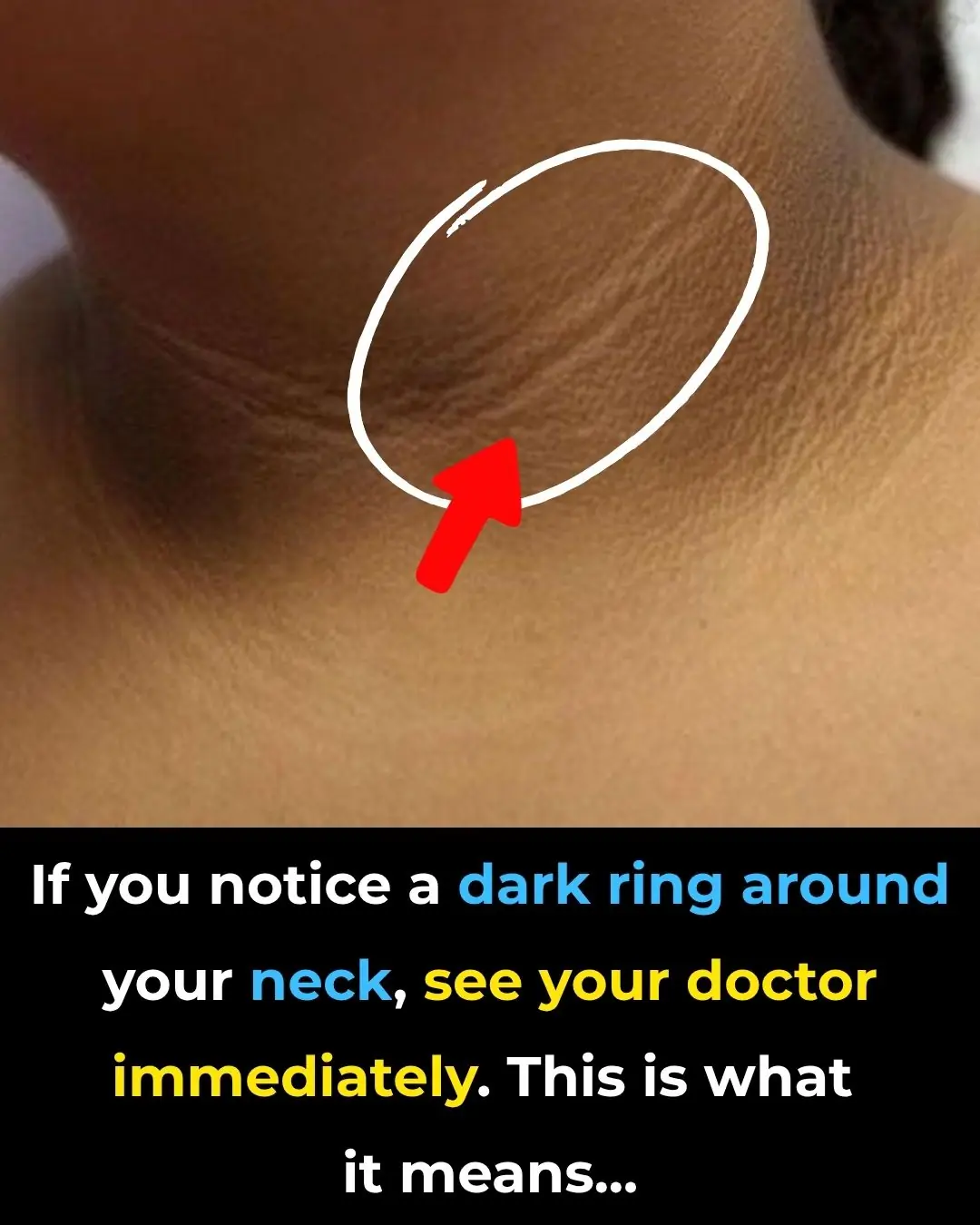
If You Notice a Dark Ring Around Your Neck, Go See Your Doctor Immediately! This Is What It Means

Health Food & Nutrition Beauty Aromatherapy Animals
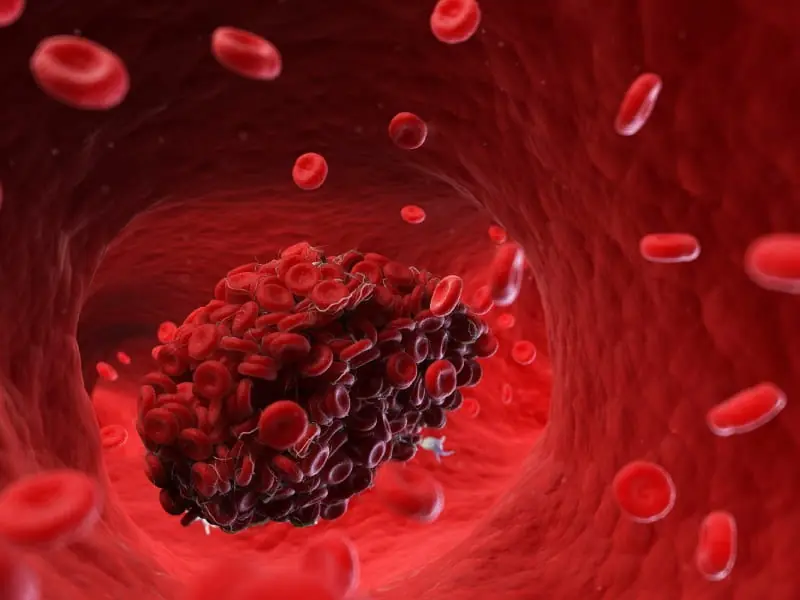
Cardiologists Say This Common Habit Is a Blood Clot Risk
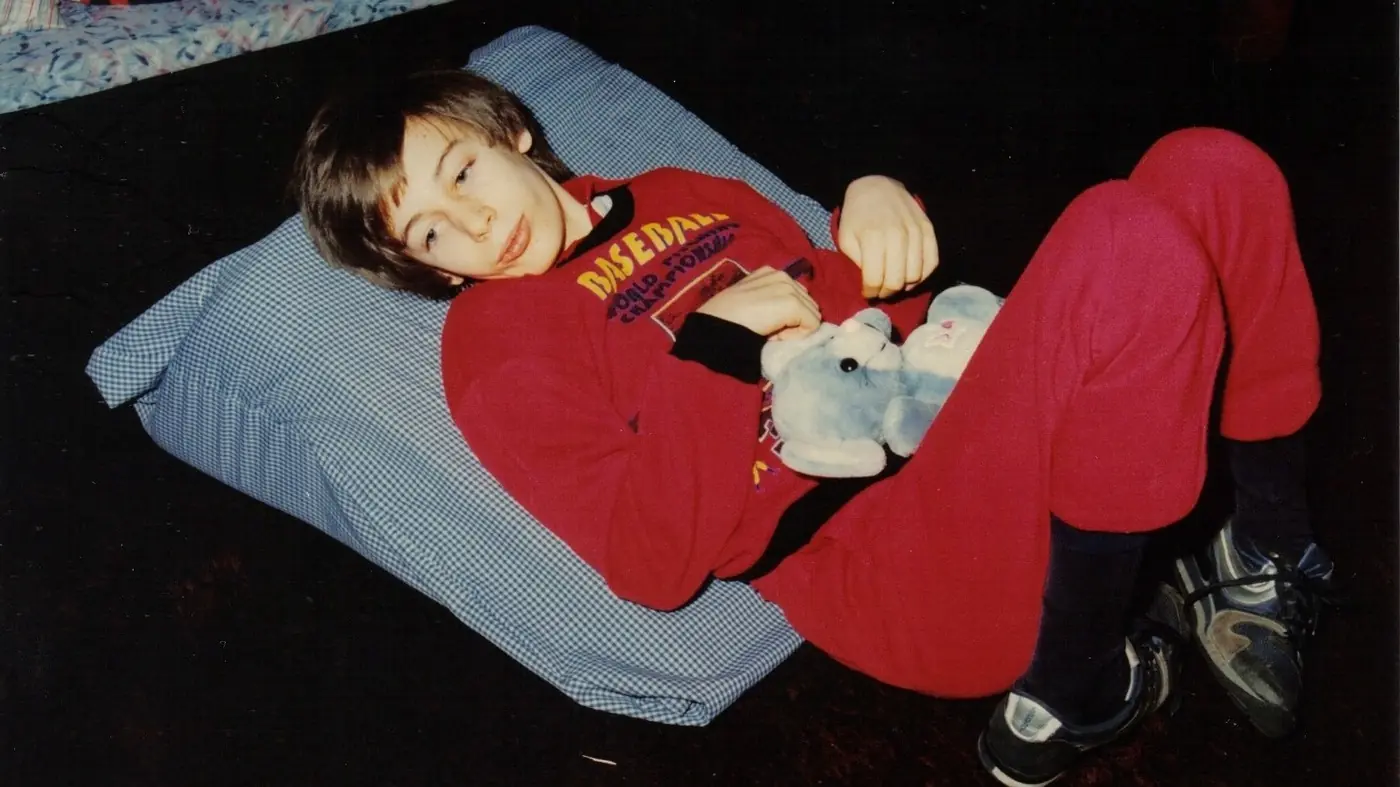
‘Ghost Boy’ Wakes Up From Coma After Being Trapped For 12 Years—What He Heard the Whole Time Will Haunt You

What Staying Up Late Every Night Really Does to You—Massive 24,000 Person Study Reveals the Truth
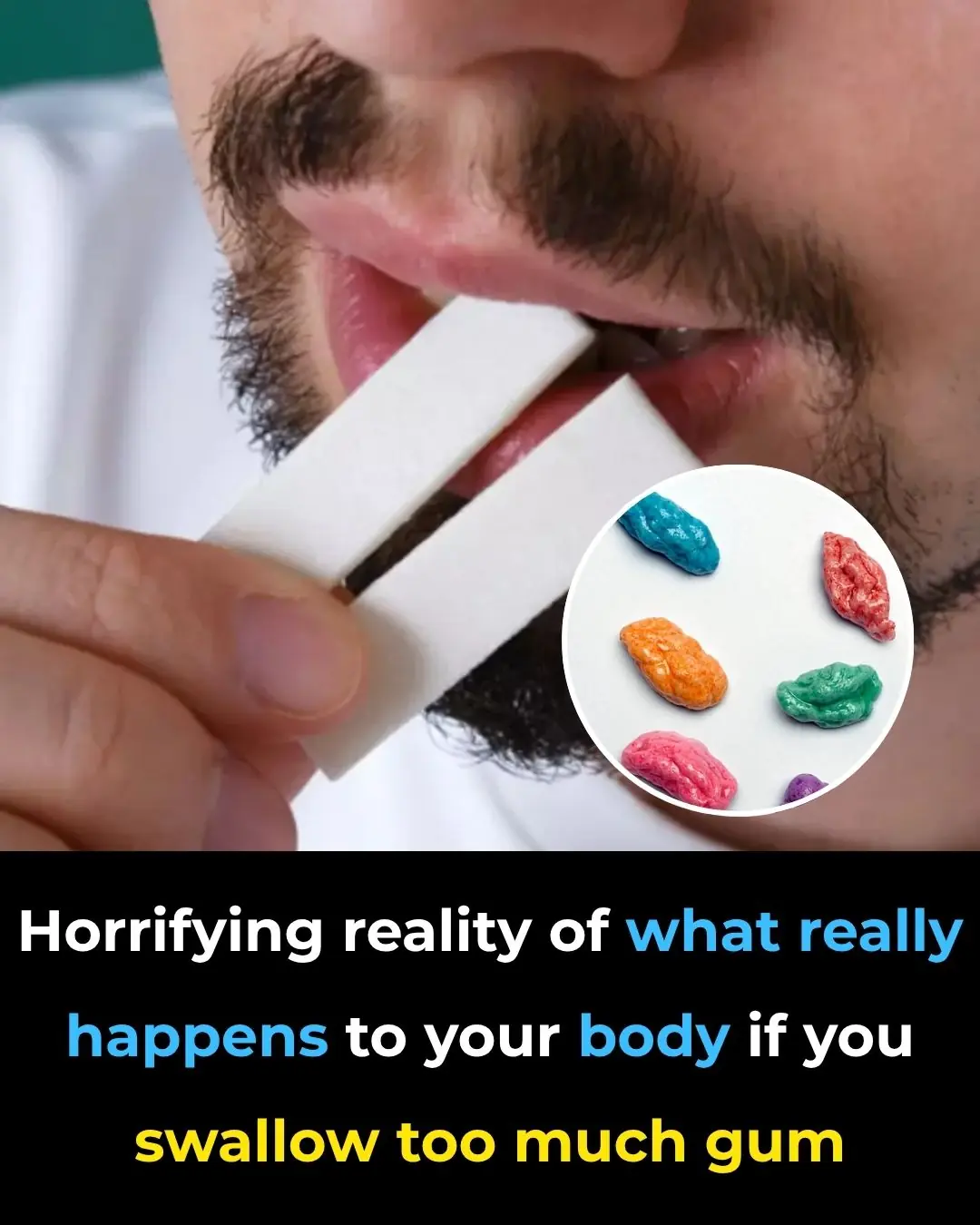
Horrifying reality of what really happens to your body if you swallow too much gum
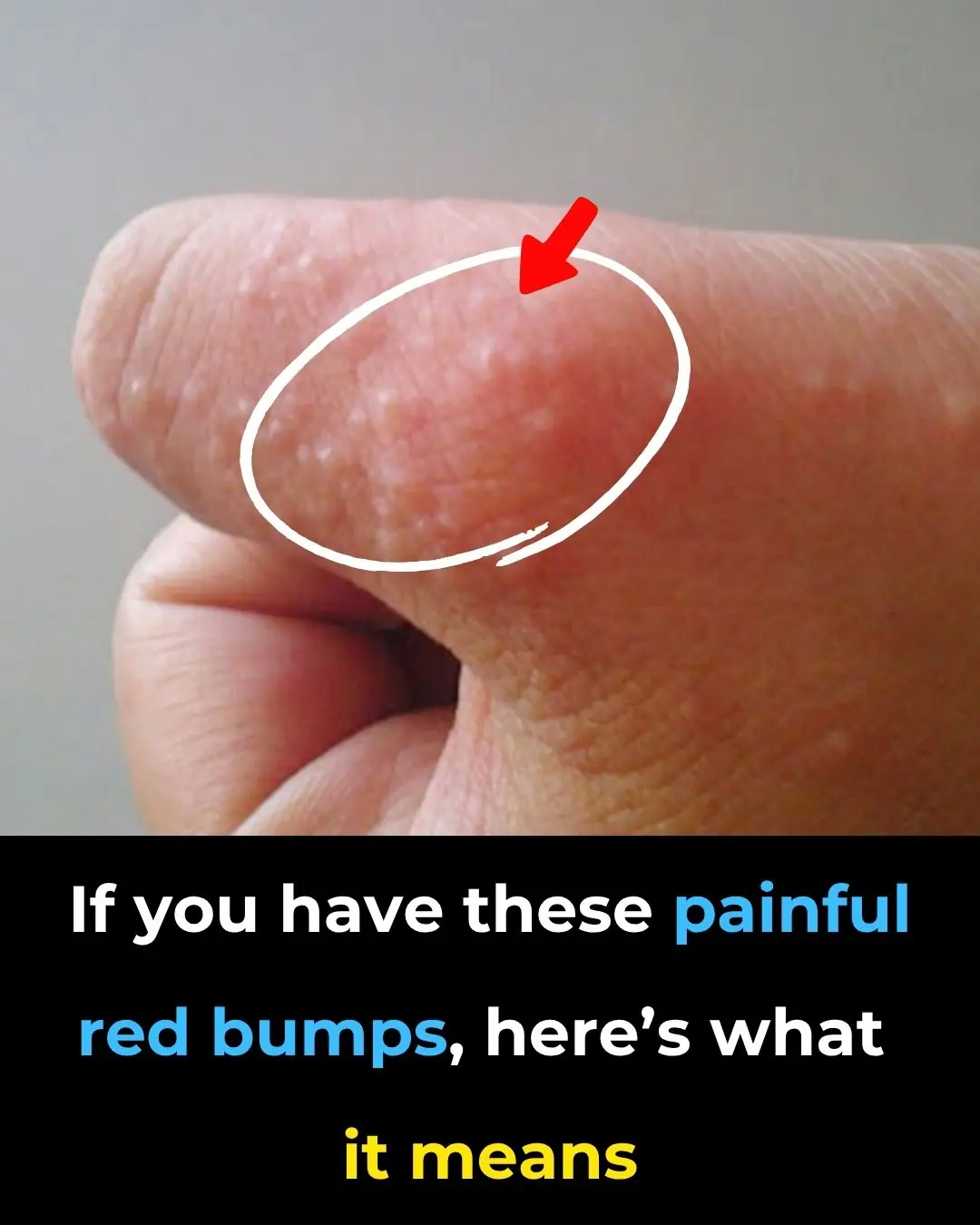
Painful Red Bumps on Skin? It Might Be Dyshidrotic Eczema
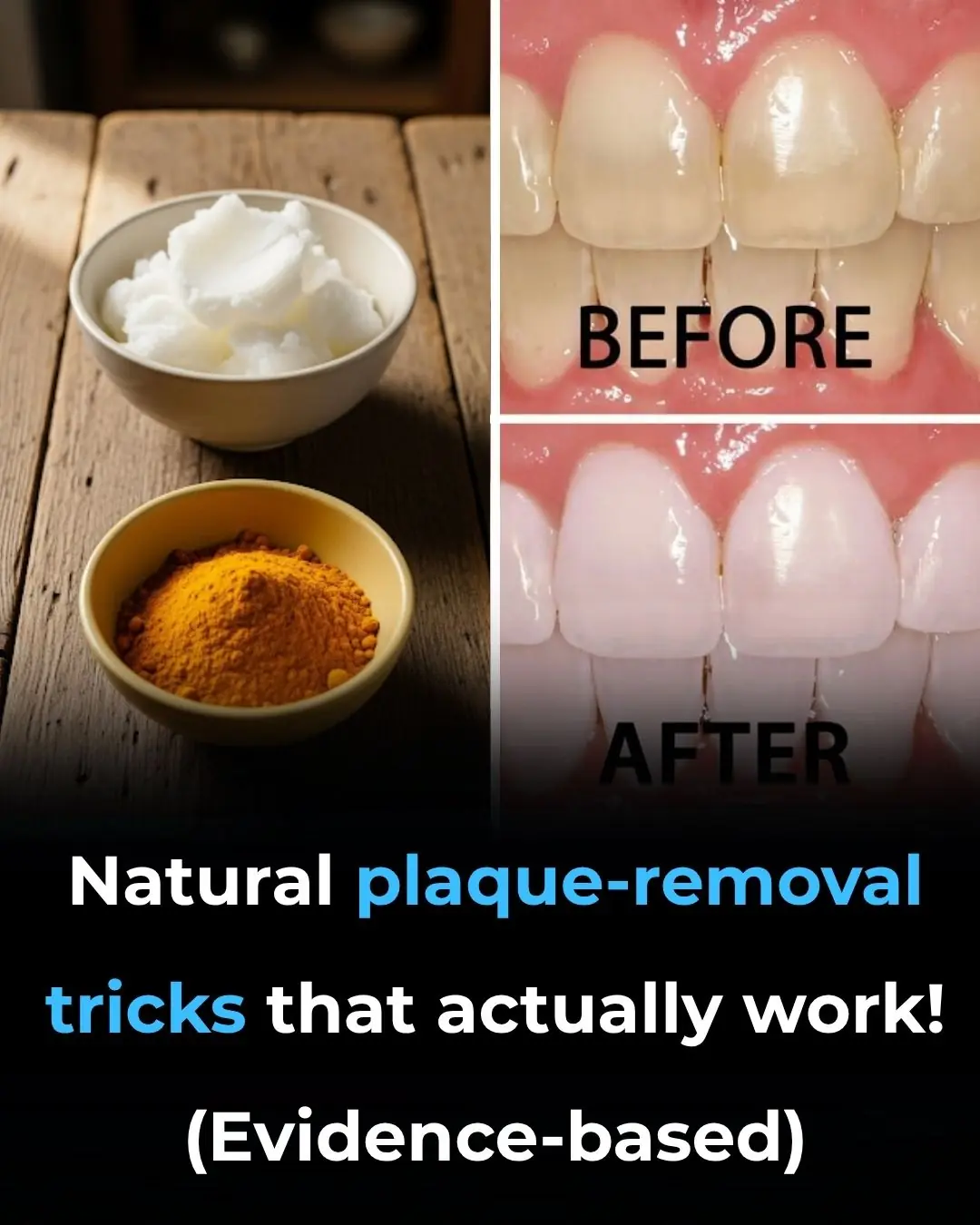
How to Remove Dental Plaque Naturally (Evidence Based)
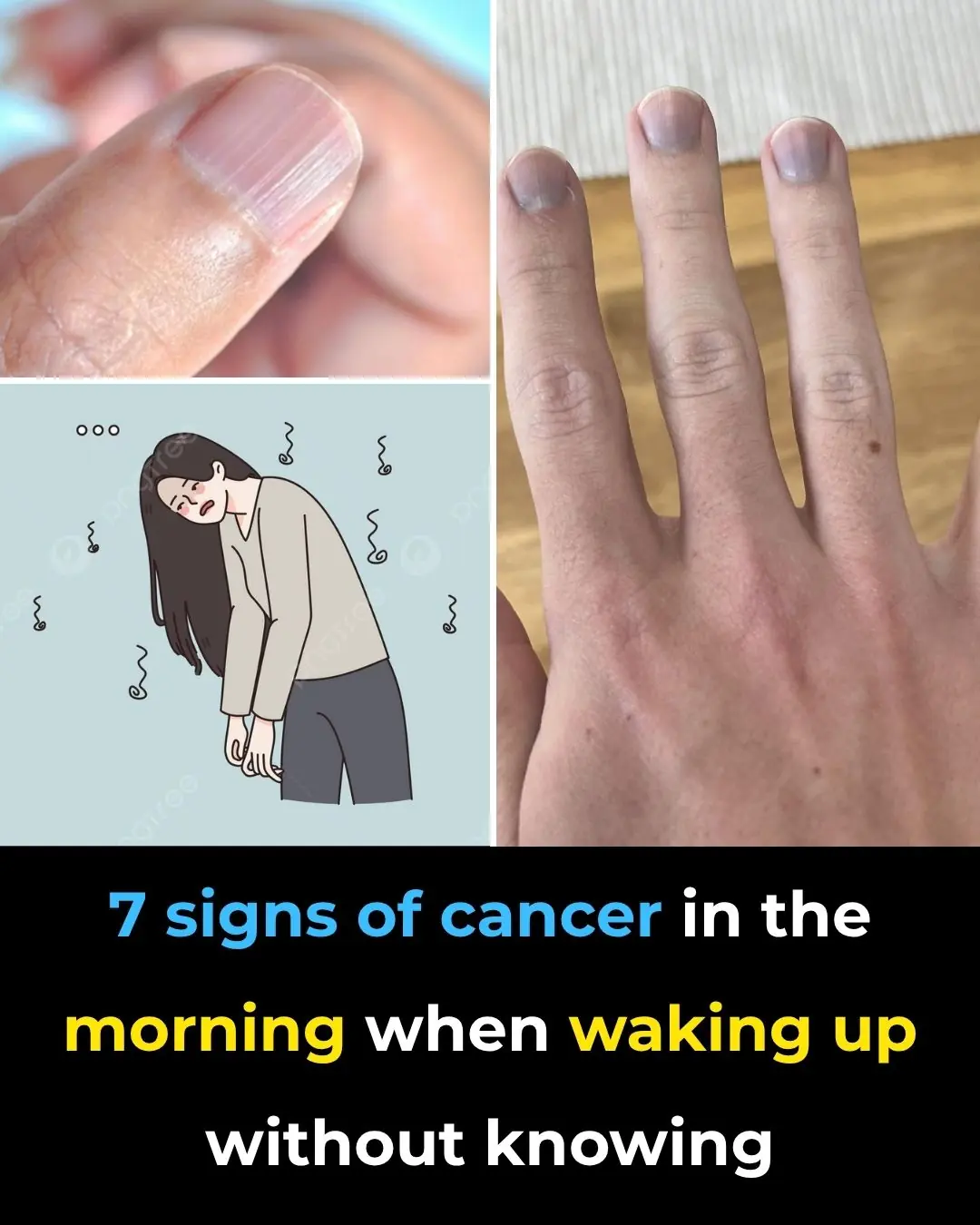
7 signs of cancer in the morning when waking up without knowing

Facing Your Phobias While Lucid Dreaming May Reduce Real-Life Fears, Scientists Say
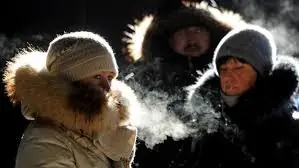
Scientists Reveal: Fat Is Expelled Through Your Breath During Weight Loss. You Literally Breathe Out Fat

Scientists Have Found The ‘Off’ Switch For Anxiety Without Any Side Effects

How to Lower High Blood Pressure Quickly Without Medications (Evidence Based)

10 Surprising Benefits of Drinking Apple Cider Vinegar According to Science

Unlock Your Body's Healing Power: Just 9 Days of Less Sugar
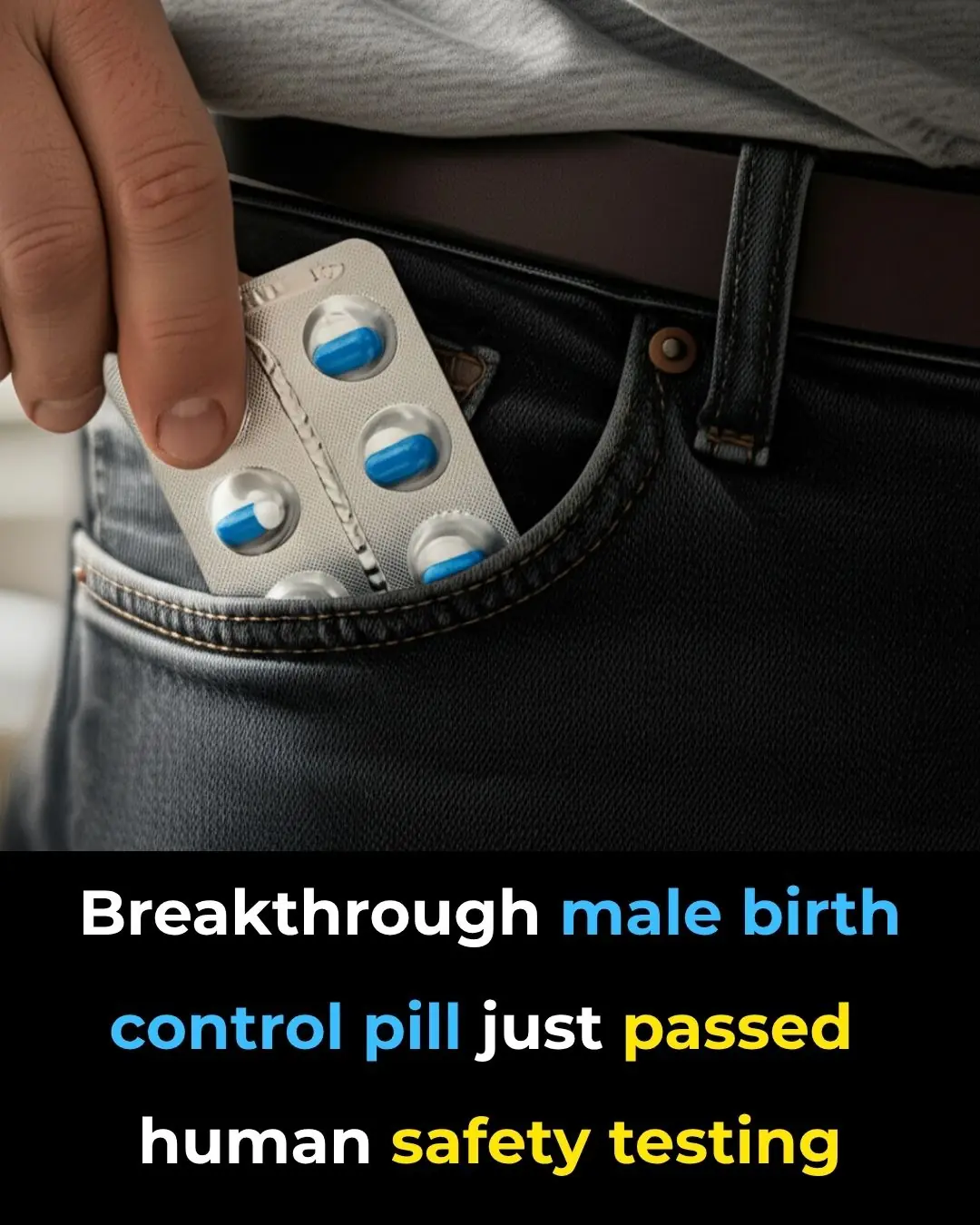
Breakthrough male birth control pill just passed human safety testing
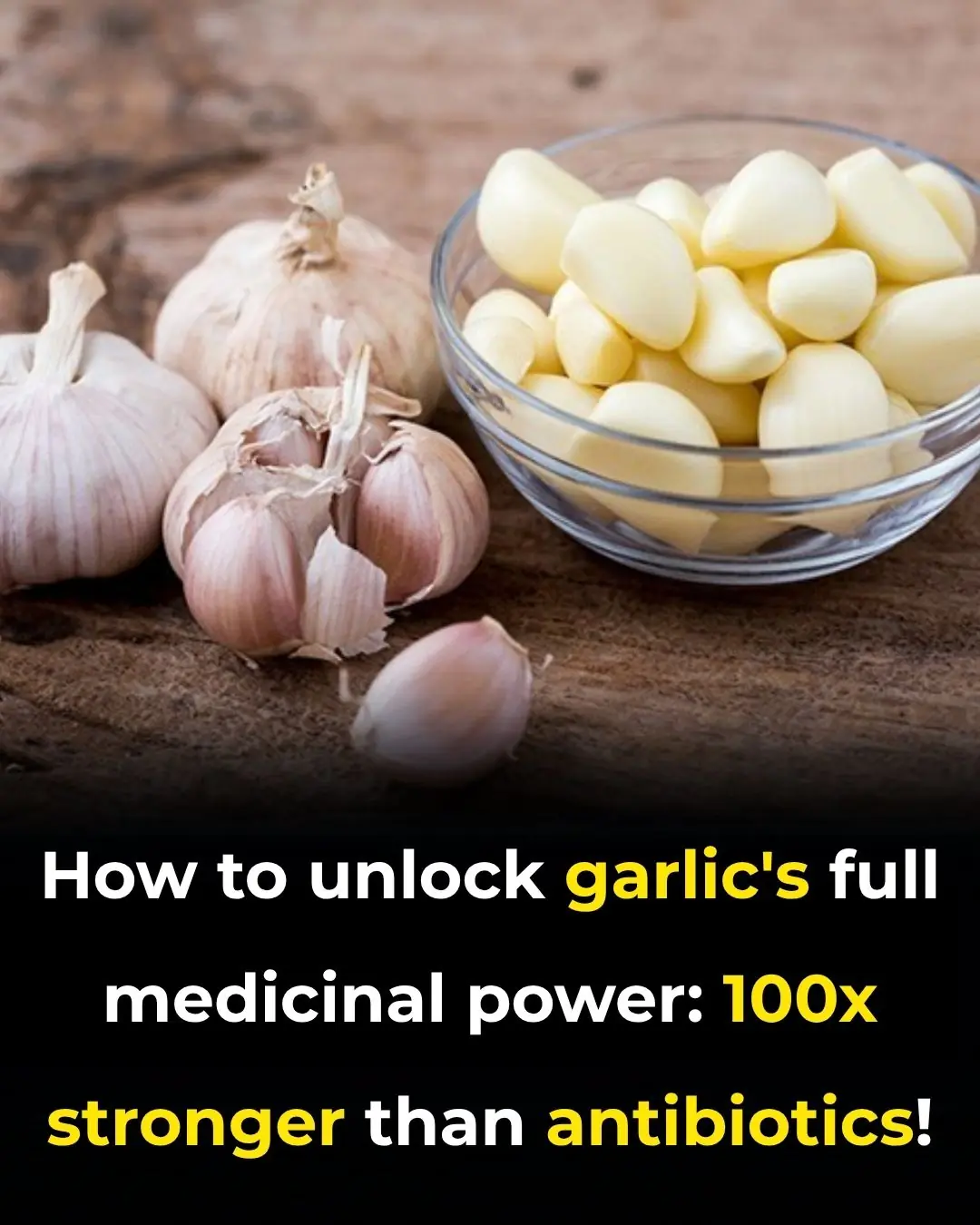
Medicinal Health Benefits of Garlic (Raw, Supplement) – Science Based
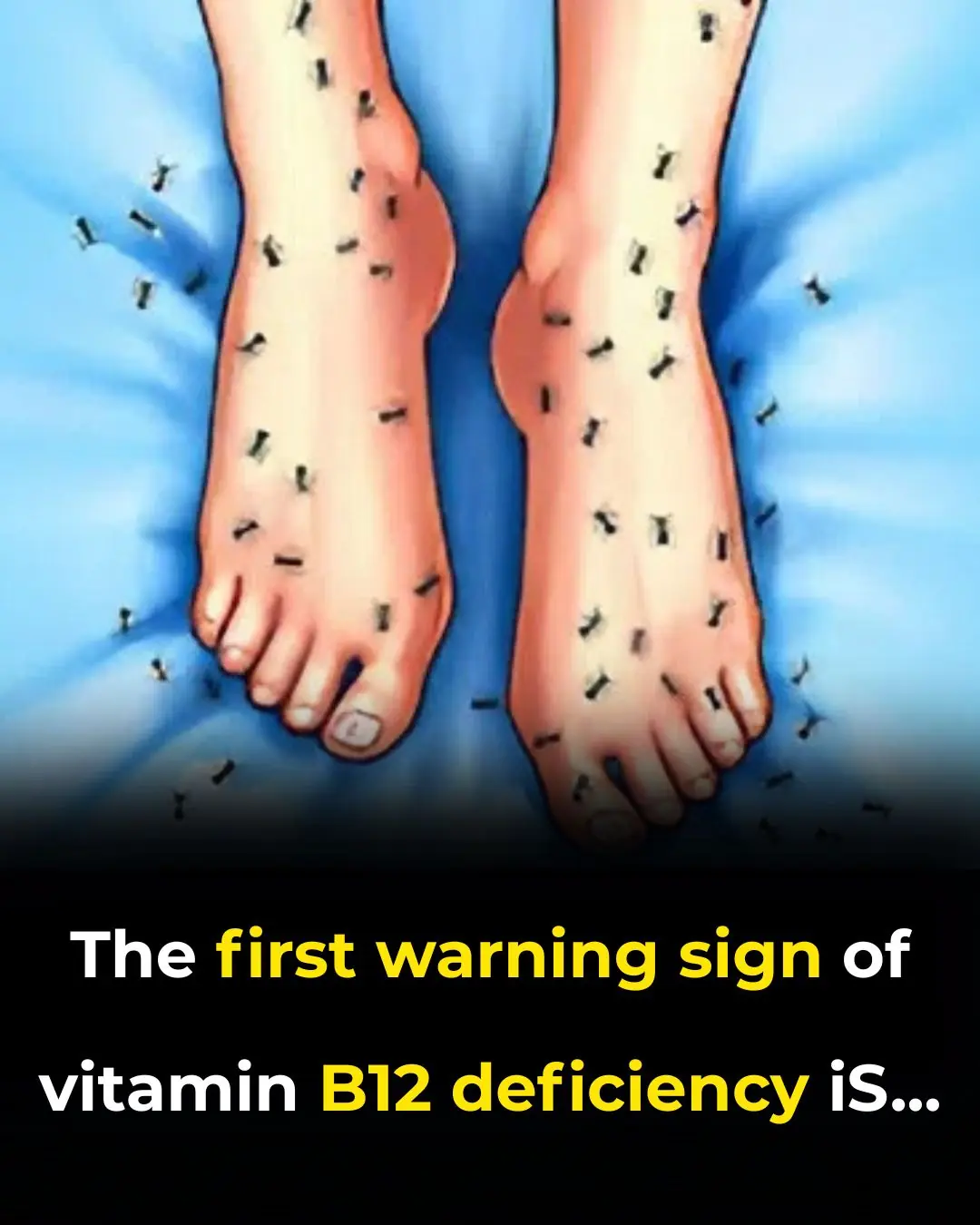
Warning Symptoms of Vitamin B12 Deficiency and How to Fix It
News Post

Wildfire Grows Into Megafire In Northern Arizona—Now Driving Its Own Climate

Mystery Space Object Might Be An Alien Ship Preparing To Strike Earth

Research Reveals Cells’ Ability of Deceased Organisms to Form New Life

Ethan Caldwell appeared to have everything—wealth, fame, and power. By the age of 42, he was a billionaire, having sold a booming tech startup at its market peak

The husband forgot to end the call. The wife overheard his conversation with his mother and filed for divorce the very same day.

If you drink cucumber water every morning, this is what happens to your body

Husband Leaves Pregnant Wife for Mistress — Eight Years Later, She Returns in a Helicopter with Their Twins…

If You Notice a Dark Ring Around Your Neck, Go See Your Doctor Immediately! This Is What It Means
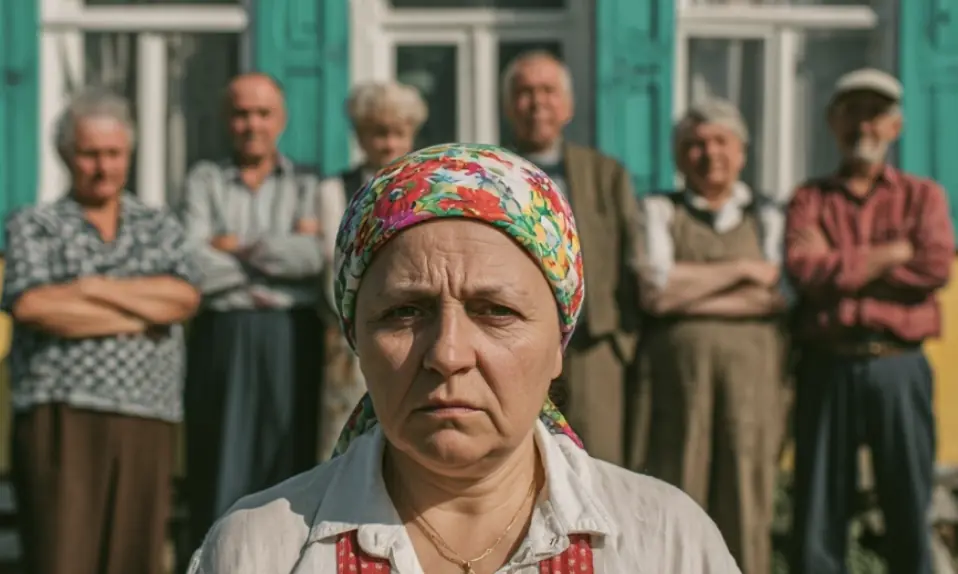
— They came empty-handed — so drink water, — the relatives finally drove the hostess crazy.

Health Food & Nutrition Beauty Aromatherapy Animals
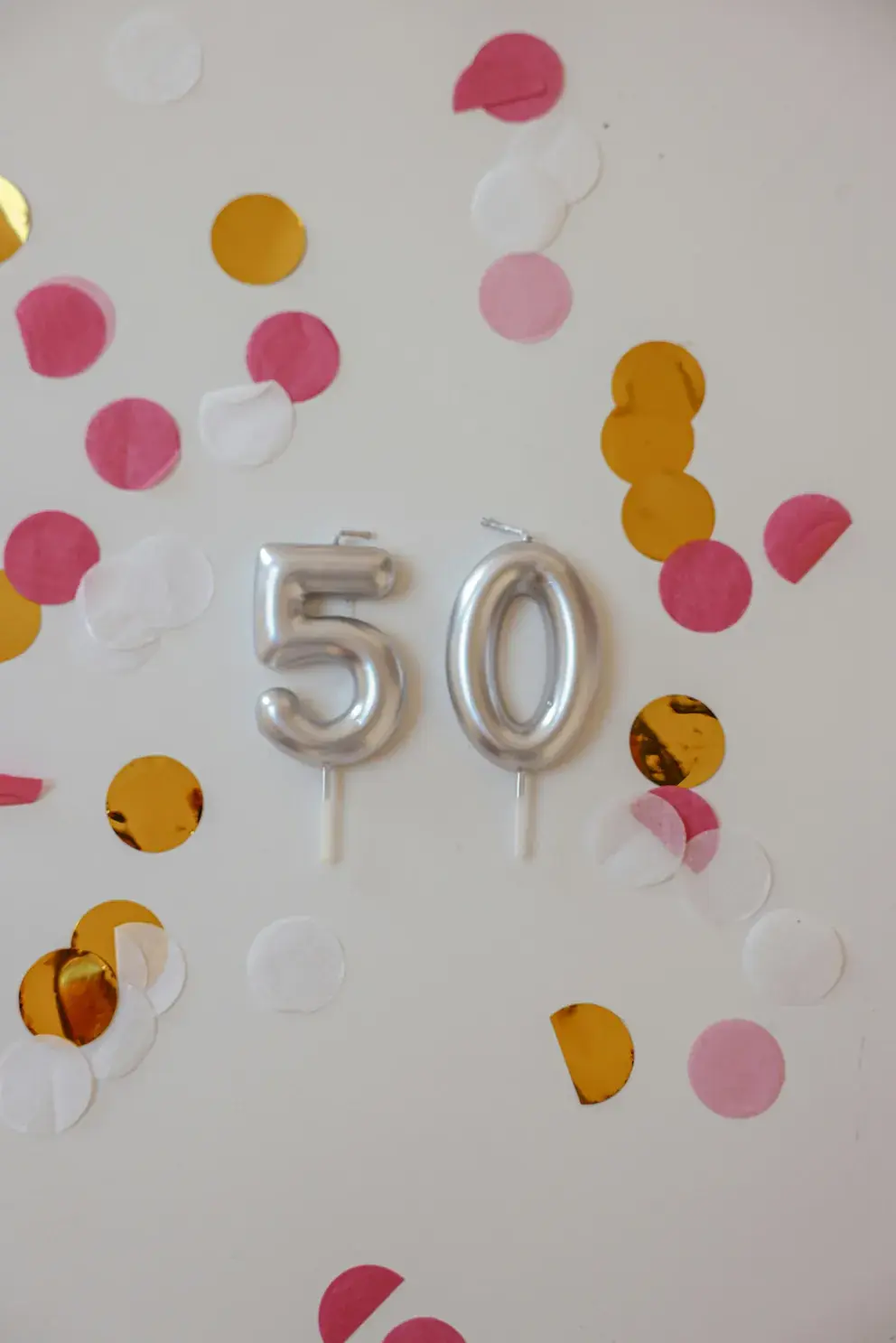
A Waitress Shamed My Grandma for Leaving 'Too Small' a Tip – I Made Her Regret It in the Most Unexpected Way

My MIL Secretly Made a Duplicate Key to Our House — What She Did There While We Were Away Stunned Me

I Found Out My Brother Was Secretly Transferring Money to My Wife – When I Figured Out Why, I Went Pale

I Saw a Lost Child in the Airport — What He Had in His Backpack Made Me Gasp

I Got a Text from My Husband’s Number Weeks after He Died & When I Traced It, the Truth Shattered Me — Story of the Day

Millionaire Dresses as a Bum and Visits His Company on an Undercover Mission — Story of the Day

Cardiologists Say This Common Habit Is a Blood Clot Risk

Denmark is fighting Al. It just gave citizens copyright to their own face, voice, and body.

‘Ghost Boy’ Wakes Up From Coma After Being Trapped For 12 Years—What He Heard the Whole Time Will Haunt You
